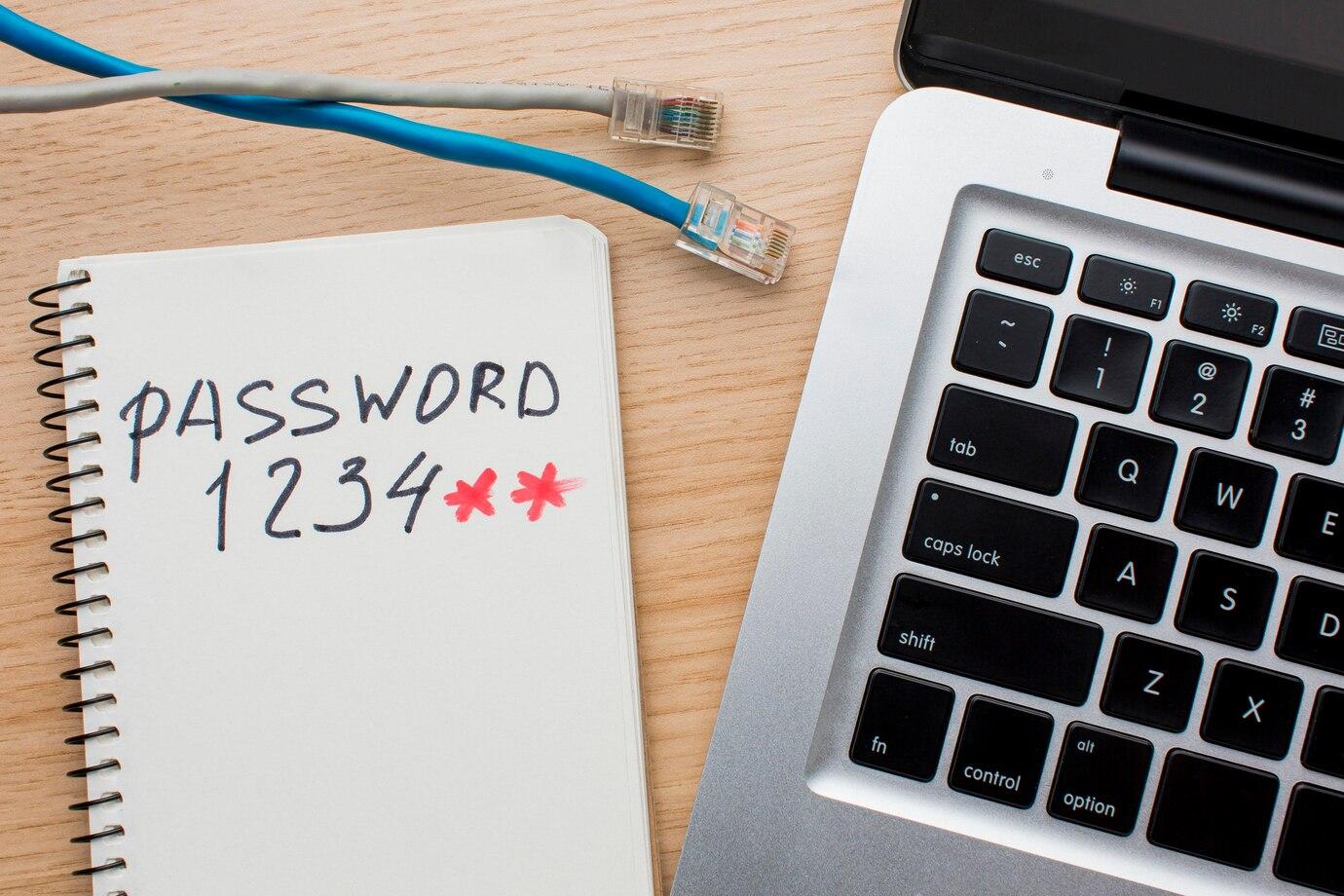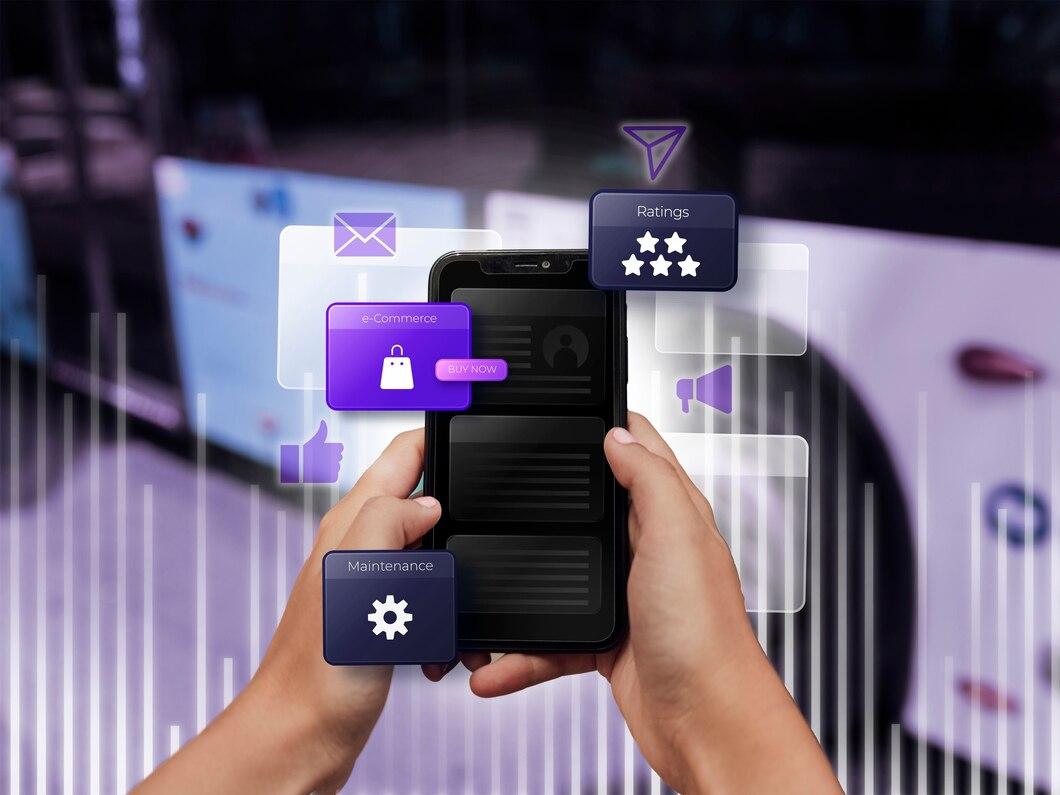In the digital age, accounts have become an integral part of our lives. They store personal data, financial information, photos, and important documents. However, with the increase in internet users, a new threat has emerged — fake account recovery services. Scammers use various schemes to deceive users, leading to the loss of confidential information and financial losses. In this article, we will discuss the main types of fraud related to account recovery and provide tips on how to protect your data.
Types of Fraud in Account Recovery
There are many schemes used by scammers to deceive users trying to recover access to their accounts. One of the most common methods is the use of fake support services. These companies create websites that mimic official support pages of well-known services. Users, unaware of the deception, turn to them for help, providing personal data. As a result, scammers gain access to the victim's account.
Another common method is the creation of fake organizations that claim they can recover accounts hacked by hackers. They demand prepayment for their "services," but essentially just deceive their clients. The only outcome achieved is the loss of time and money.

Main Aspects of Password Recovery Fraud
Password recovery fraud can take various forms. One of the most common is website spoofing. Scammers create websites that look like the original pages of well-known services. Users who land on such pages enter their credentials, after which scammers gain access to their accounts.
Moreover, there are specialized groups of hackers engaged in hacking accounts for the purpose of subsequent extortion. They can find vulnerabilities in account protection and use them for access, then offer the user "recovery" of the hacked account for a fixed fee.
Password recovery scams are often carried out via email. Scammers send fake emails, allegedly on behalf of service administrations, informing users that their account has been compromised and action is needed. The email usually contains a link to a fake site where the user is asked to enter their login and password.

Fake Support: How to Recognize Them?
Fake support services can be identified by several characteristic signs. First of all, pay attention to the company name and its contact details. Scammers usually use names similar to original ones but with slight changes. For example, replacing one letter or adding a non-existent number can be an indicator of deception.
Moreover, fake support services often offer excessively high guarantees. If someone promises you 100% recovery or instant results, be wary. Official companies never make such claims.
Also, pay attention to the manner of communication. Scammers may use informal language, many typos, and grammatical errors. Official companies always maintain a level of professionalism in communication.

How to Protect Your Account from Scammers?
Protecting your accounts should be your priority. Use strong passwords consisting of letters, numbers, and symbols. Try to avoid using the same password combination for different accounts. Regularly update your passwords and never share them with third parties.
Two-factor authentication is an effective protection method, adding an extra layer of security to your account. Most major online services offer this option. It requires not only entering a password but also confirming access via SMS or an app on your smartphone.
You should also avoid clicking on suspicious links and providing personal information through dubious resources. Always check the URL of the website before entering your data. If you receive a message about problems with your account, it is better to go to the official site directly, rather than through a link in an email.

Account recovery fraud is a serious issue affecting many users worldwide. Understanding the methods used by scammers and taking precautions can help protect your data and avoid losses. Be careful and cautious when dealing with any services related to account recovery. Remember that the security of your data is your responsibility.
